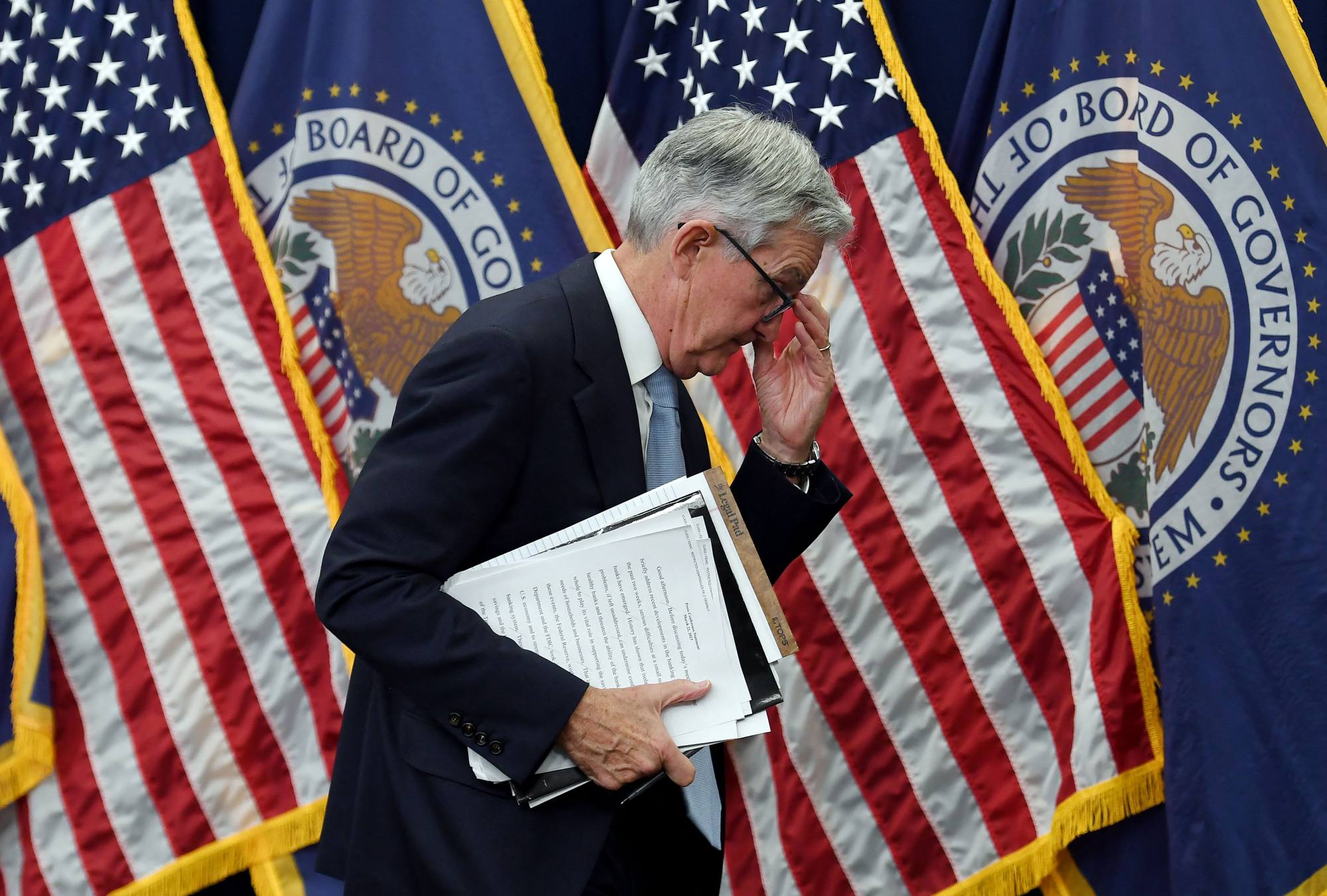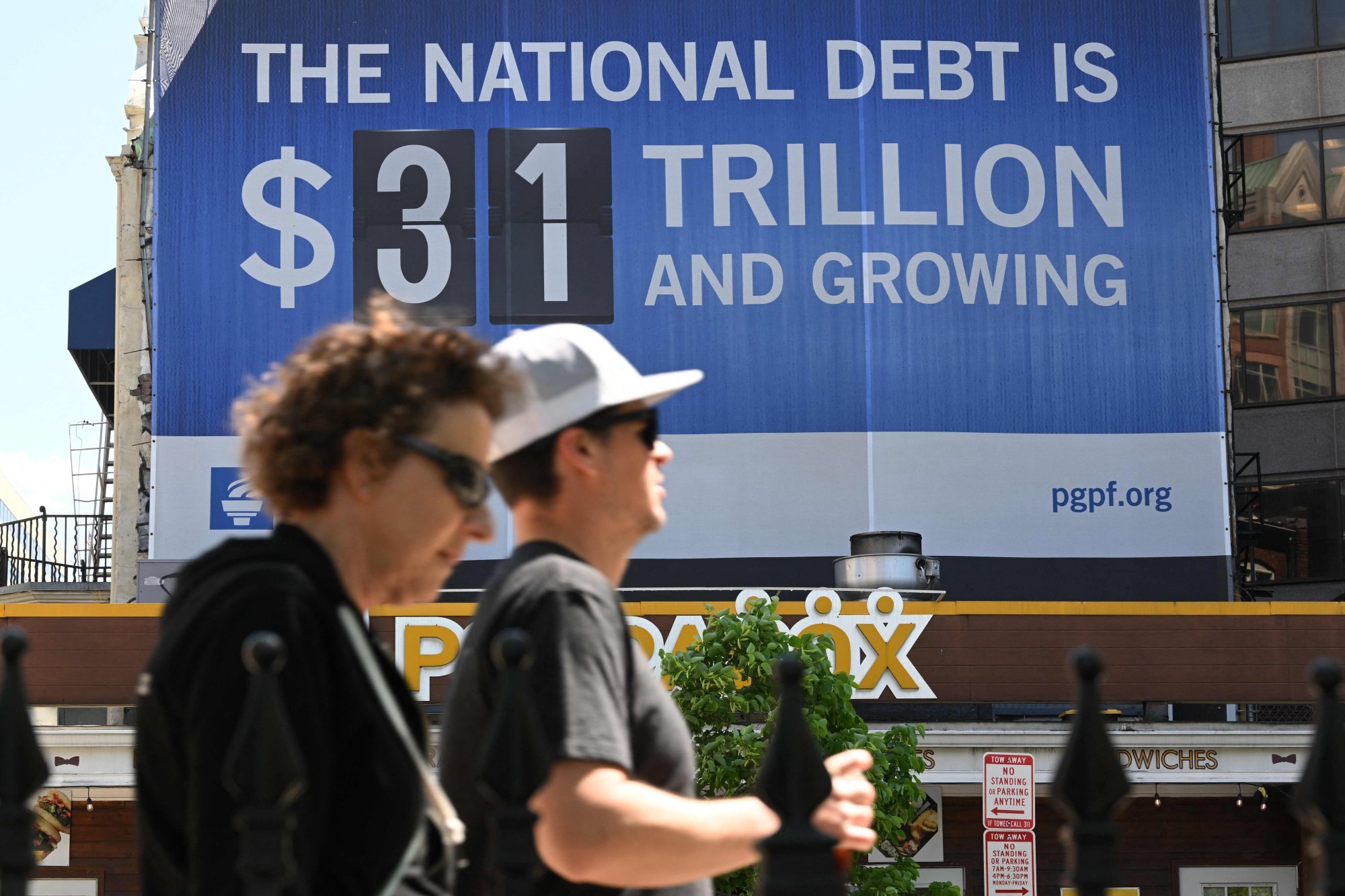
Weaponising US dollar and monetary policy risks setting the global economy on fire
- When global finance is used to punish political adversaries and economic competitors rather than promote growth, it undermines a global public good
- For the US too, a powerful currency is also a double-edged sword
With the world likely to head towards a recession, what is the future of the US dollar and monetary policy?
Global finance is seriously conflicted as to its real objectives – promote growth, control inflation or go fight the next war.
Basically, the four top central banks – the US Federal Reserve, European Central Bank (ECB), Bank of Japan (BOJ) and People’s Bank of China – together run monetary policy for the world as they operate the key reserve currencies.

When the Fed, ECB and BOJ started on quantitative easing after the 2008 global financial crisis, their balance sheets increased six times from US$4.6 trillion at the end of 2007 to US$27.9 trillion at the end of 2020.
During this period, their total financial assets dropped as a percentage of total Group of 20 (G20) financial assets from 75.5 per cent to 63.7 per cent. In the meantime, slower growth in those three economies meant their share of G20 GDP dropped from 66.1 per cent to 56.1 per cent.
When the dollar is strong, world trade tends to contract and growth tends to slow. US buying power increases, but the world has to contend with tighter liquidity. However, after the United States became a net debtor to the world in 1990, any increase in US interest rates meant a higher US debt burden and therefore was contractionary on the economy.
If you strip off the veil of money, you would discover that money and finance are like a shell game that hides what is happening in the real economy – the things that matter, such as jobs, food, health and so on. Essentially, life is about reciprocity – if you owe someone, you have to pay back sooner or later in material goods, services or just making that person happy.
It is very powerful and can be weaponised, giving the US government the ability to sanction any dollar holders. However, the neocons in Washington tend to forget they are recommending the US fight World War III on a credit card.
The US national debt is already at the same level in relation to GDP that it was at its peak at the end of World War II. At the same time, other people around the world likely understand that holding more US dollars could mean they are funding the next US aircraft that might bomb them to smithereens.

The conclusion is that if the US, European and Japanese central banks keep easing monetary policy to continue supporting their financial system and rescue their economy from recession, the implication is to weaken their currencies. If so, we could get a situation where everyone else starts to devalue their currencies, sparking a global race to devaluation will end up with stagnation and higher inflation.
In a nuclear war, all currencies and financial systems will be nuked. That is the ultimate de-dollarisation.
Weaponising the world’s money is killing global public goods. If you want a brawl, please don’t break the bar.
Andrew Sheng writes on global issues from an Asian perspective

